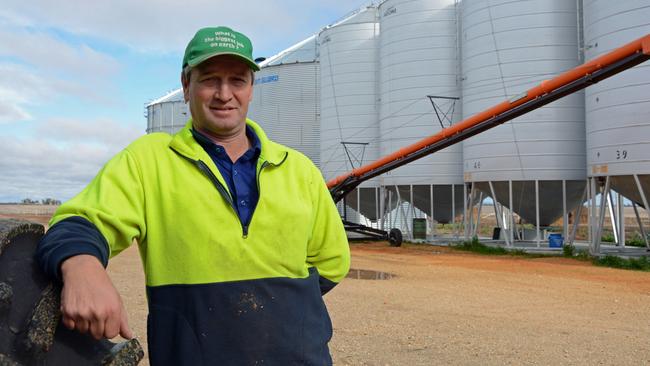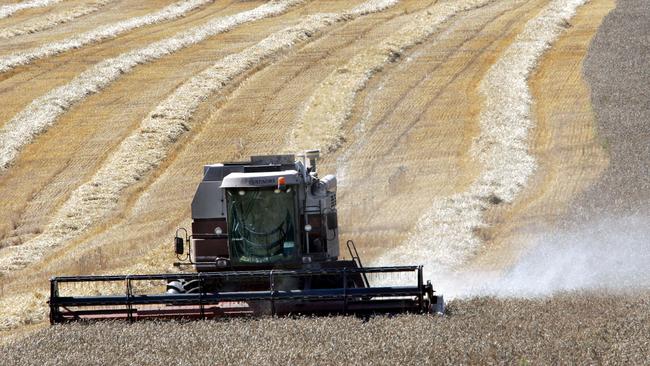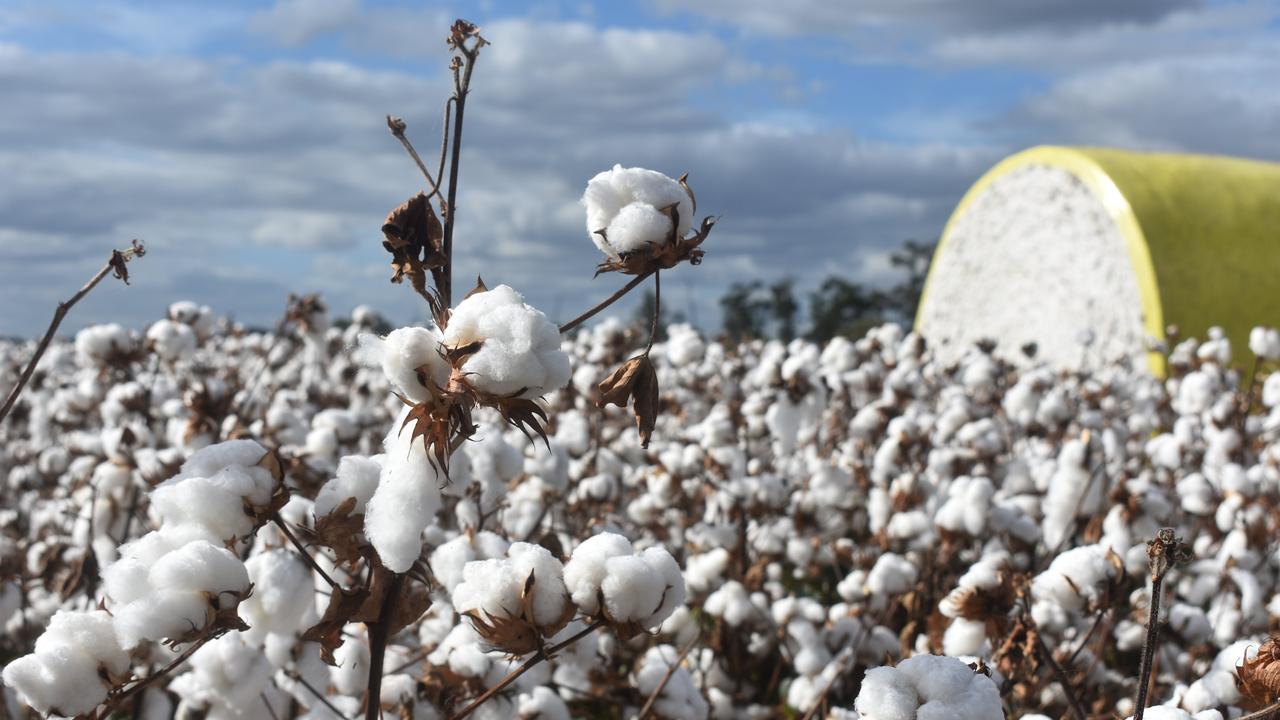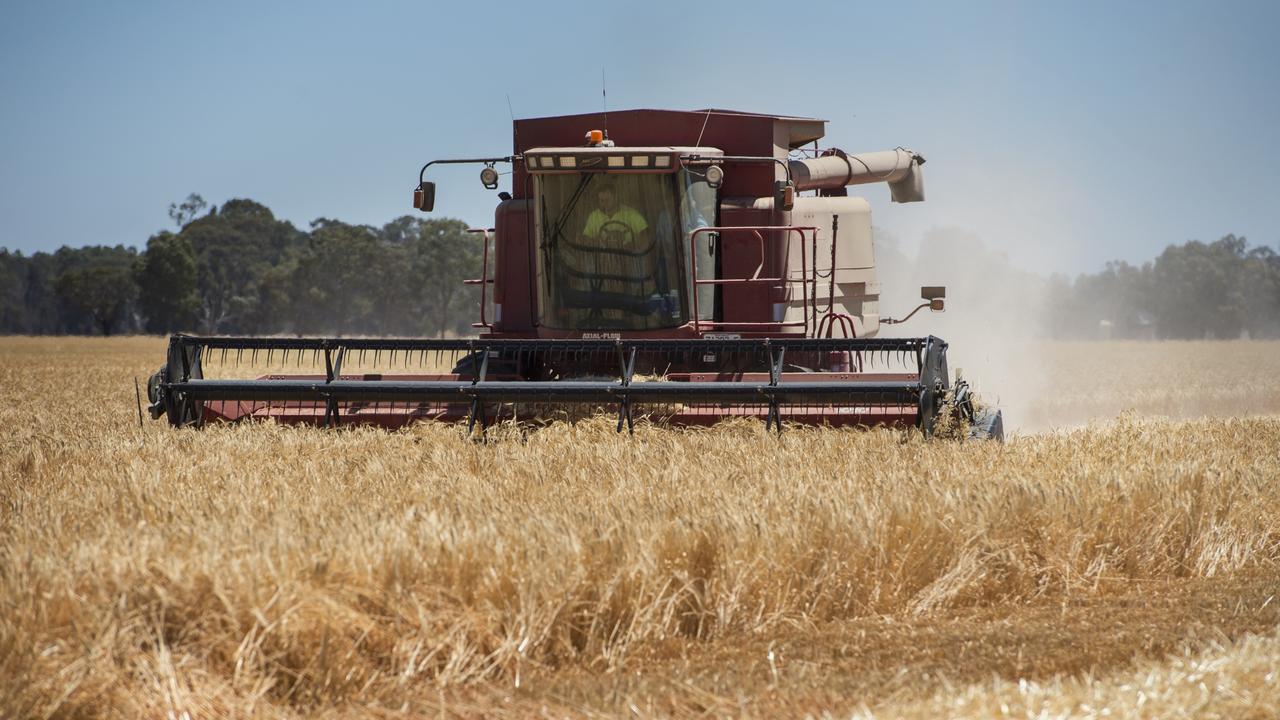Chinese tariffs on Australian barley test alternative market outlets
China’s tariffs on Australian barley sees a reshaping of the global market but it may also haunt Chinese brewers in coming years. See the top 10 buyers of Aussie barley over 15 years.
CHINA’s move to impose an 80 per cent tariff on Australian barley leaves local growers with a big quandary now.
But it may come back to bite the Chinese brewing industry hard in the longer term.
Grain Producers Australia president Andrew Weidemann said if the Chinese move forced down barley prices and no other markets were found to compensate, Australian growers would switch to other crops where they could as early as next season, which could push up barley prices if a shortage emerged.
But Mr Weidemann said Australian growers hoped China returned as a buyer of Australian barley in the short term.
“The quality they are looking for I don’t think is grown outside Australia,” he said.

GPA is part of an industry working group looking at alternative markets to place about four million tonnes of Australian barley displaced by China.
Grain Trade Australia, the Grain Industry Marketing Access Forum, the Australian Grain Exporters Council and Grain Growers Limited are also part of the working group.
The task is not easy, given China’s dominant position in the market over the past decade or so.
Saudi Arabia and Japan had traditionally been Australia’s prime barley markets until China began buying large quantities in 1993.
Australian Bureau of Statistics data shows Saudi Arabia and Japan have slipped to No. 2 and No. 3 in the rankings during the past decade, each only taking about a third of China’s purchases.
Saudi Arabia regularly bought one million tonnes up until 2013 before dropping away to about half a million tonnes annually but has not bought any during the past two seasons.
Australia’s other three Middle East buyers — United Arab Emirates, Kuwait and Iran — have either stopped buying from Australia or only bought a shipload.
UAE and Kuwait buy grain for Bedouin farmers to feed livestock.
A source said much of that now came from Black Sea grain producers, such as the Ukraine.
The ABS data shows Japan’s barley purchases have slipped substantially during this season and last, while Thailand has been rising as a buyer.
Vietnam’s barley imports from Australia have also risen during the past three years.
The Southeast Asian nation is also Australia’s biggest buyer of malt, with purchases of the barley by-product virtually rising year on year for the past decade.
In 2019, Australia’s total barley exports were the lowest since 2007.
Grain Trade Australia chief executive Pat O’Shannassy said there were a couple of factors behind that.
Mr O’Shannassy said one was the drought drawing barley from South Australia and Western Australia to service livestock producers on the east coast.
He said exporters were also not willing to take a risk on shipments being caught up in the uncertainty created by China initiating a dumping dispute on barley in November, 2018.
The dumping complaint was believed to have been lodged for political reasons, as it emerged after China became annoyed with Australia’s stance in backing the US and Asian nations over the South China Sea territorial issue.
Just the same, China was still Australia’s biggest customer since the dumping dispute emerged.

Mr O’Shannassy said China would probably look to France and Canada as alternative suppliers now that tariffs had been placed on Australian barley.
He said Australia would look to pick up markets France and Canada would drop to fill Chinese orders.
“The deck chairs will shuffle a bit,” he said.
“And Japan, South Korea, Thailand and Vietnam are all markets that people will still try to export to (to compensate for China).”
Mr Weidemann said Australia recently opened up the Indian market, potentially providing an alternative to China.
And Indonesia was another option, although largely a market for feed grain, he said.
Mr Weidemann said a good season complicated the issue, with Australia potentially producing a 12-million-tonne barley crop — about 25 per cent higher than the past three harvests.
He said there were no stocks left in Australia.
“We need about two to three million tonnes to rebuild our stockpile,” he said.
“We use about four to five million tonnes domestically, so that would leave about four million tonnes or so that had to go somewhere in the world (if there was a 12-million-tonne crop).”
“If we can rebuild the relationship with China, that would be good.
“But we realise there are no silver bullets in the market.”
MORE
BARLEY GROWERS SCRAMBLE TO REPLACE TRADE


